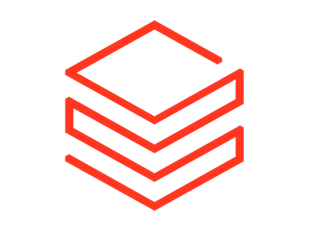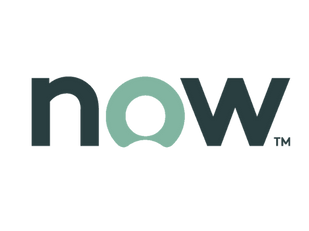Control your processes, free your data teams
Enable self-service
Let any data user build data pipelines in a few clicksGovern access and maintain visibility to any activity
Automate deployments
Instantly deploy between environments and versionsIntegrate and adapt to your CI/CD approach
Monitor with ease
Proactively monitor the health of your data pipelinesGain full visibility into your ELT processes and costs
Automated data integration

























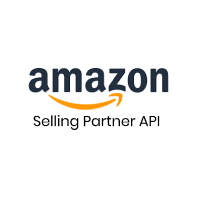























































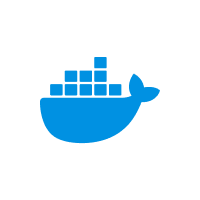


































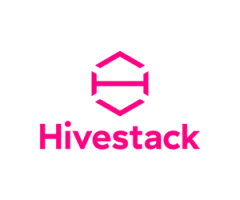




























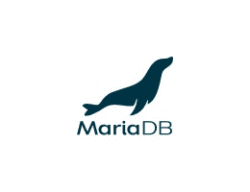





































































































Everything you need to streamline data operations
Collaborative data management
- Use walled off environments to enable data teams across the organization with governed access for building pipelines
- Manage and control visibility to the data access, including granular roles and permission management
- Create blueprint data models that can be replicated or use an existing pre-built template
Ship new pipelines with confidence
- Deploy your pipelines at once to Dev, QA and Production with environment variables
- Leverage version control roll back to restore setup and code as needed
- Use Rivery’s CLI and API to deploy using your preferred CI/CD method
Trust your data processes
- Create alerts that proactively help stakeholders manage any issues in the DataOps ecosystem
- Monitor activity and consumption from an aggregated view down to specific tasks
- Use Rivery’s API to integrate with your preferred catalog and lineage solution

Koby Berkovich,
CTO and VP R&D, at Alison.

How to deploy new pipelines
1
Create a deployment package for your source and target environments.
2
Select the objects (i.e. pipelines, connections, variables) to deploy.
3
Control your deployment advanced settings and run your deployment.
See it in action – Environments and Deployments
FAQs
DataOps is a collaborative data management practice that emphasizes communication, integration, and automation of data flow between data managers and consumers across an organization. It aims to improve the quality and reduce the cycle time of data analytics by adopting techniques from the DevOps methodology.
The primary goals of DataOps include improving collaboration between data teams, enhancing the quality and reliability of data analytics, accelerating the development and deployment of data-related projects, and ensuring that data operations are aligned with business objectives.
DataOps differs from traditional data management practices by emphasizing collaboration, automation, and agility. It promotes a culture of collaboration between data engineers, data scientists, and business analysts, and it leverages automation tools to streamline the data pipeline, ensuring faster and more reliable delivery of data-driven insights.
Automation is a core principle of DataOps. It automates repetitive tasks such as data integration, testing, deployment, and monitoring. By automating these processes, DataOps teams can increase efficiency, reduce errors, and accelerate the delivery of high-quality data analytics solutions.
DataOps improves data quality by automating data validation, cleansing, and enrichment processes. It ensures that data pipelines are monitored in real-time, allowing for immediate detection and correction of errors. By maintaining high data quality standards throughout the data lifecycle, DataOps enhances the reliability of analytical results.
Yes, DataOps can be applied to both structured and unstructured data. Whether the data is in databases, spreadsheets, text files, or multimedia formats, DataOps principles and practices can be adapted to manage, process, and analyze diverse types of data.
DataOps enhances business agility by enabling faster development cycles and more frequent releases of data-related projects. By automating processes and fostering collaboration, DataOps ensures that businesses can respond quickly to changing market demands and make data-driven decisions with up-to-date and reliable information.
Common challenges in implementing DataOps include cultural resistance to change, integrating DataOps practices into existing workflows, ensuring data security and compliance, selecting appropriate tools and technologies, and managing the complexity of diverse data sources. Overcoming these challenges requires a strategic approach and commitment from all stakeholders.
Automate ELT data pipelines

















